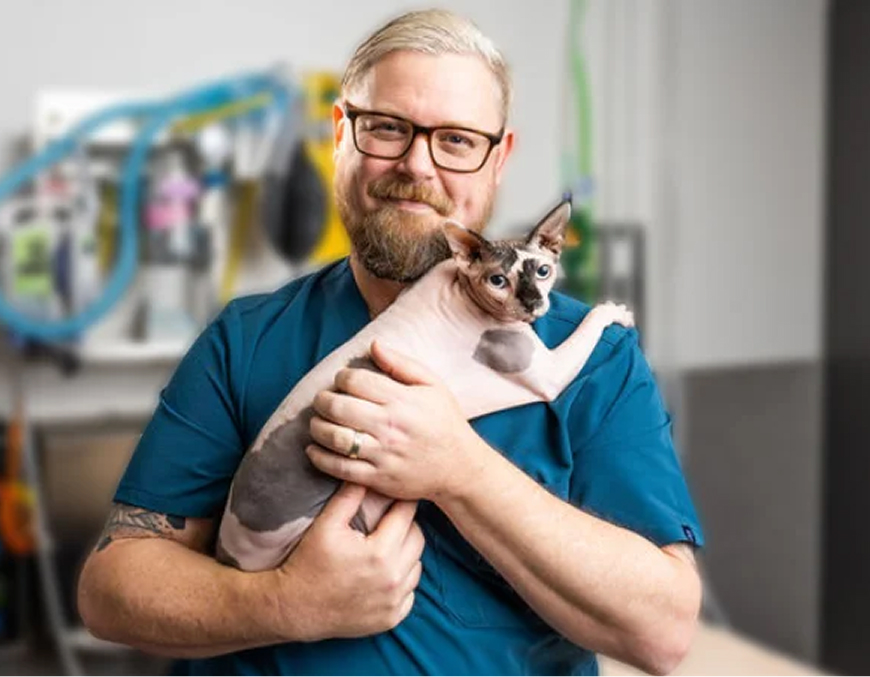Removing complex teeth safely and with minimal impact.
Ensuring optimal dental health in dogs and cats is essential for preventing long-term issues. The primary culprit is periodontal disease driven by plaque. While dental scale and polish treatments are beneficial, the true advantages of prophylactic care are only fully realised when accompanied by a consistent home care plan.

Brushing
Several dental-specific diets are available, each working through different mechanisms to reduce dental disease. Some physically rub against the tooth, removing plaque, while others chemically bind calcium to decrease calculus formation. Understanding the nuances of these diets is crucial to effectively guiding pet owners.
Undoubtedly, the most effective method of plaque control is toothbrushing, often referred to as the “gold standard.” While it may seem daunting, especially for first-timers, using a finger toothbrush and pet toothpaste makes the process more manageable.
Brushing primarily focuses on the labial and buccal (outer) surfaces, as dogs and cats have sharp, pointy teeth, and the inside surfaces generally accumulate less plaque.
Frequency: While there’s no single way to keep teeth perfectly clean, consistency is key. Like human dental care, combining methods such as brushing, chew products and dental diets improves oral health.
Every product and method used for dental care in pets contributes to oral health, but no single approach is sufficient. Regular scaling and polishing remain essential, and a holistic approach to dental homecare helps reduce the frequency of these procedures, enhancing both oral and systemic health in our beloved pets.
“A few minutes of dental home care each day can add years of comfort to your pet’s life.”

Chew products & Dental diets
Numerous chew products available on the market aim to aid in dental care for pets. While effective to some extent, their success is often hindered by animals favouring specific teeth during gnawing. Proper sizing is crucial, with objects larger than the pet’s head being recommended to ensure sufficient gnawing time and coverage across all teeth.
A common misconception about dental homecare revolves around chewing bones. Many pet owners believe that occasional bone chewing is sufficient to maintain 100% dental health throughout their pet’s life. However, bones, while playing a role in dental care, are not standalone solutions. They fall into the category of physical abrasives or dentifrices, physically removing plaque and calculus as the pet chews.
Concerns with Bones: Whilst we do not particularly endorse the use of bones – if you are going to use them, you need to do so as safely as possible. For dogs, a recommended bone is a raw, uncut beef femur. However, bones have risks, including foreign body obstruction, gastrointestinal upset, gastrointestinal perforation and tooth fractures. It’s emphasised that all bones fed to pets must be uncut to reduce the risk of potential dental issues.














